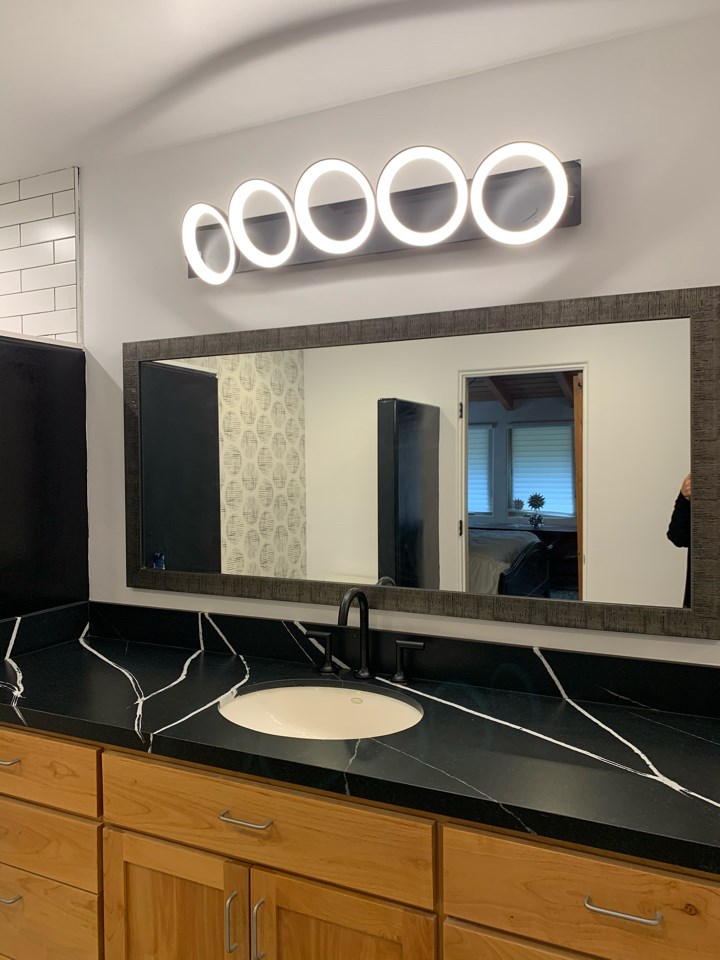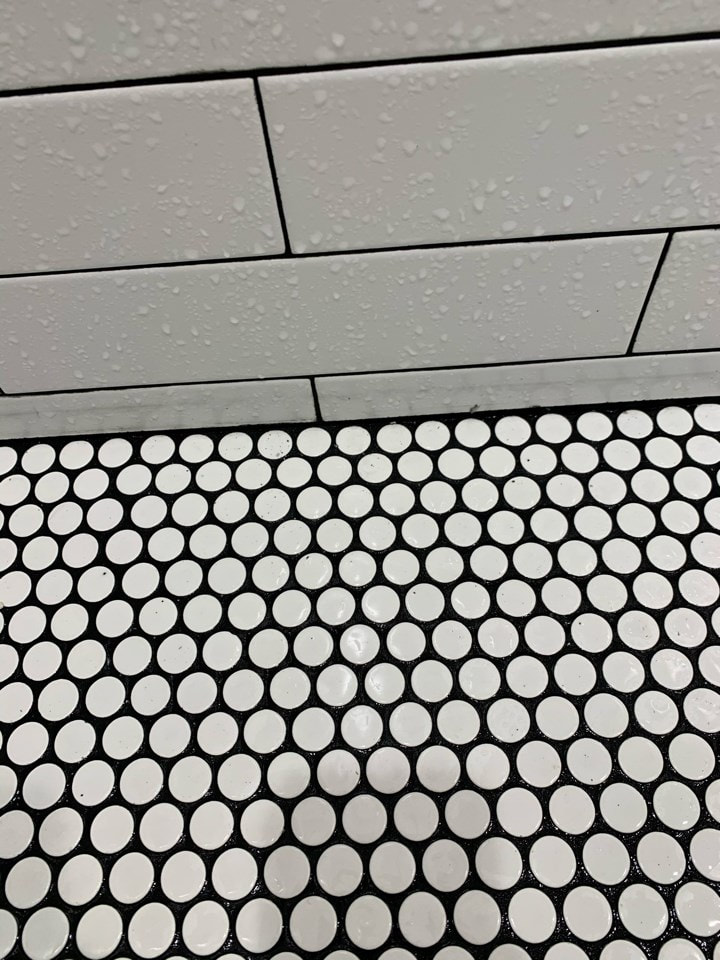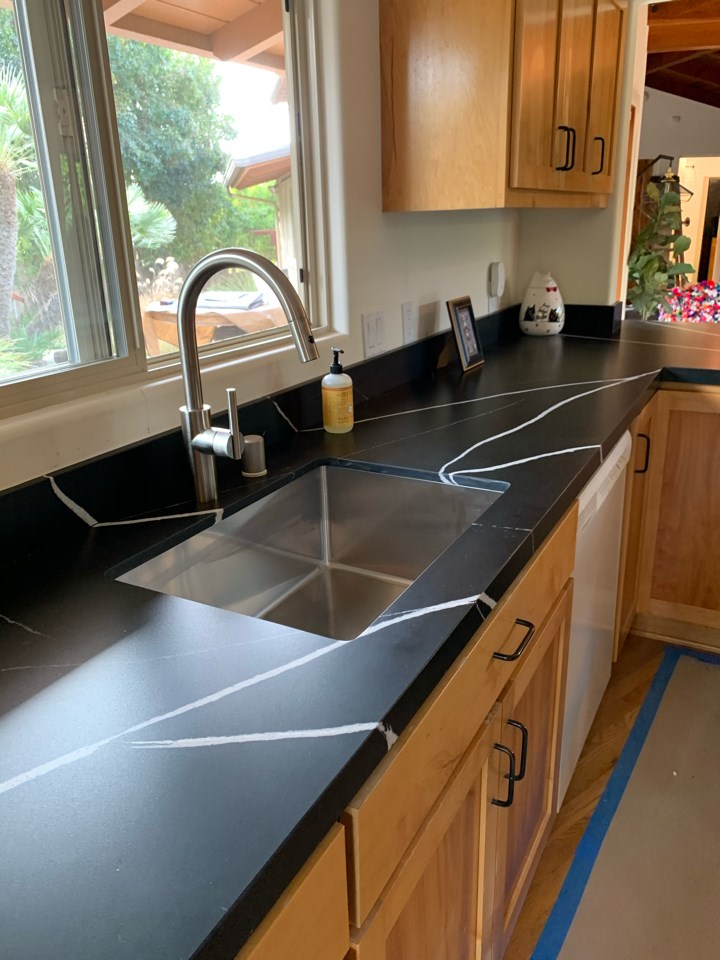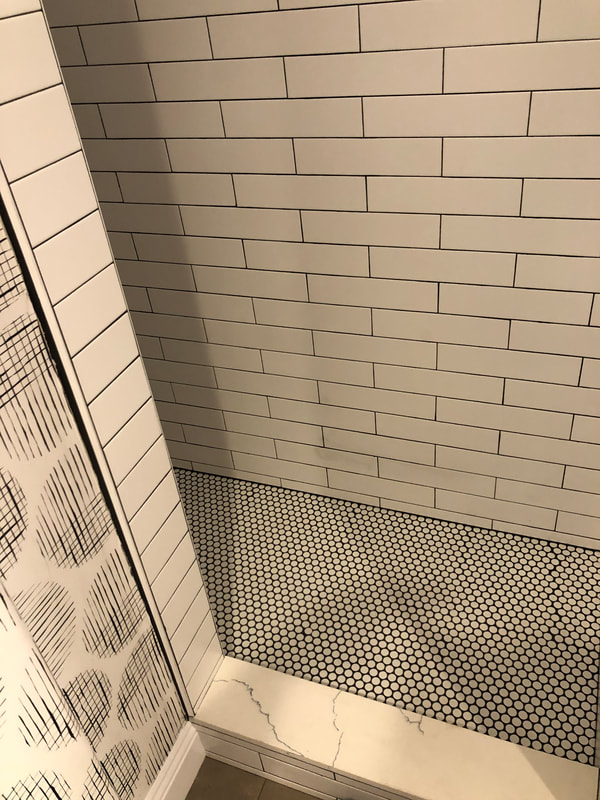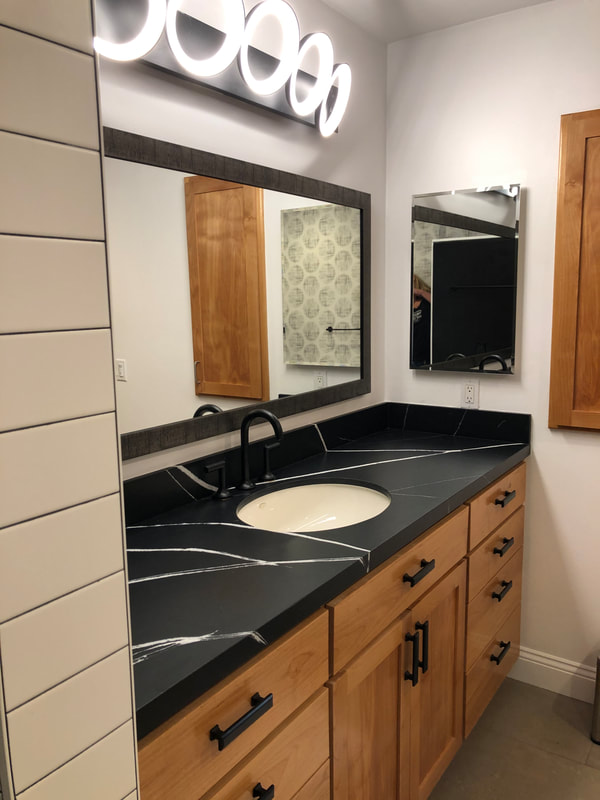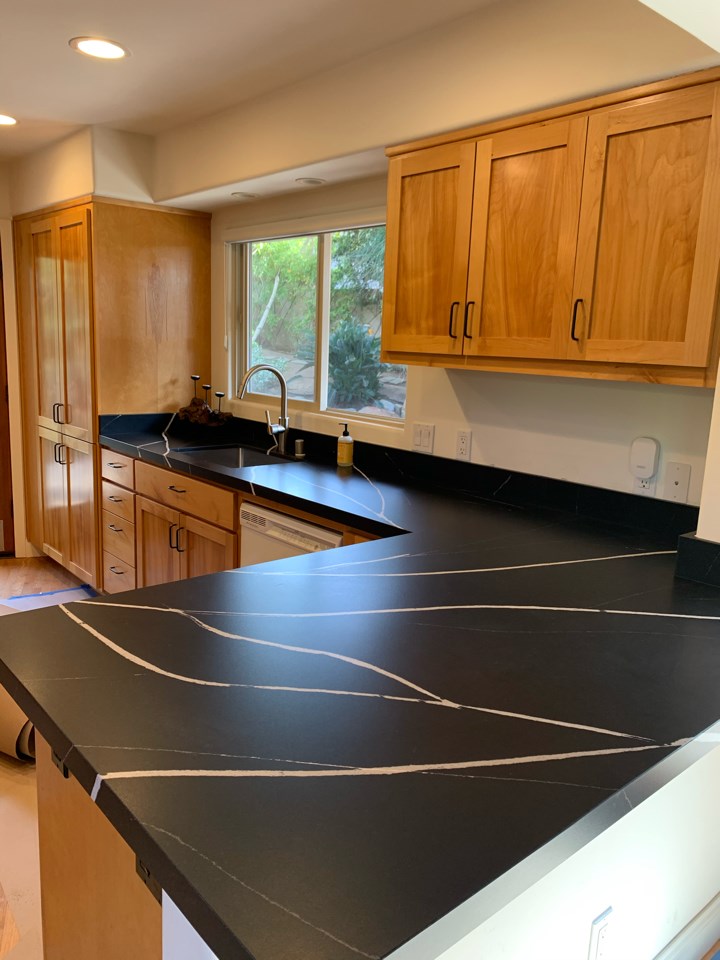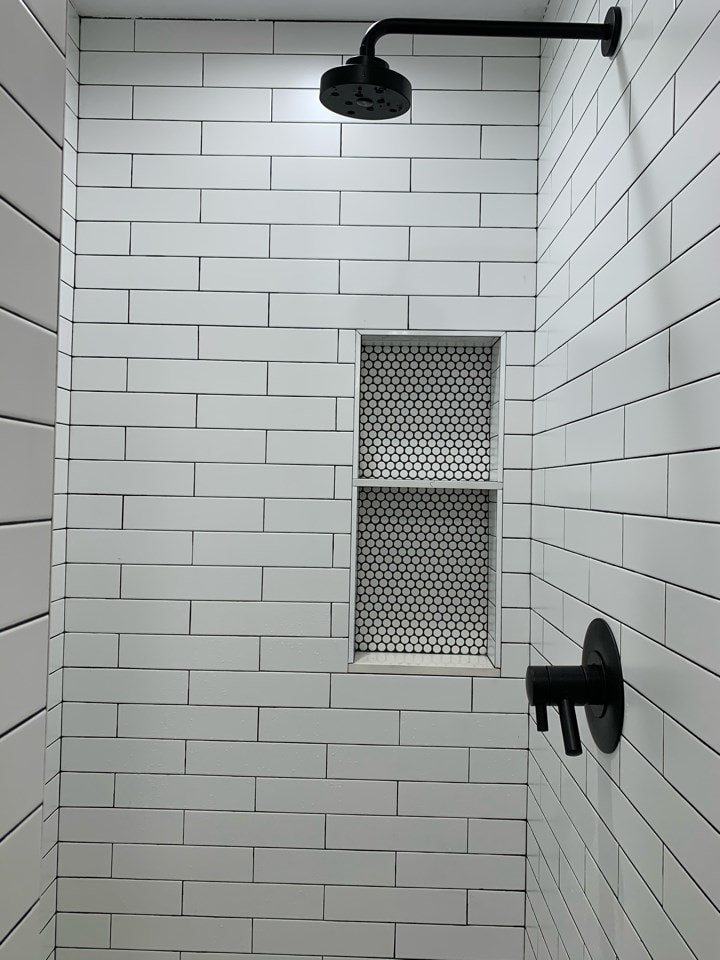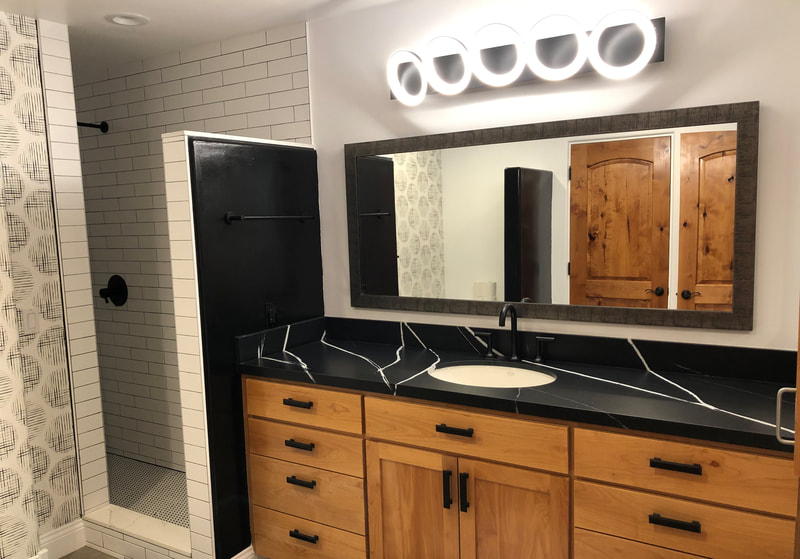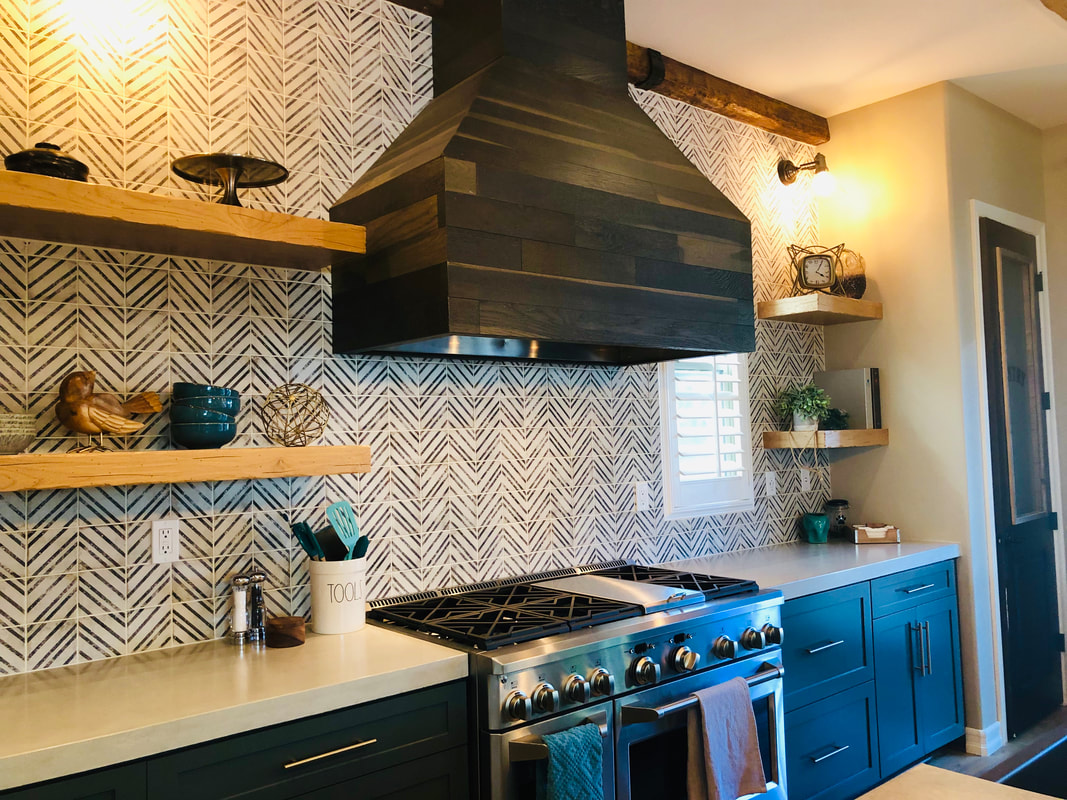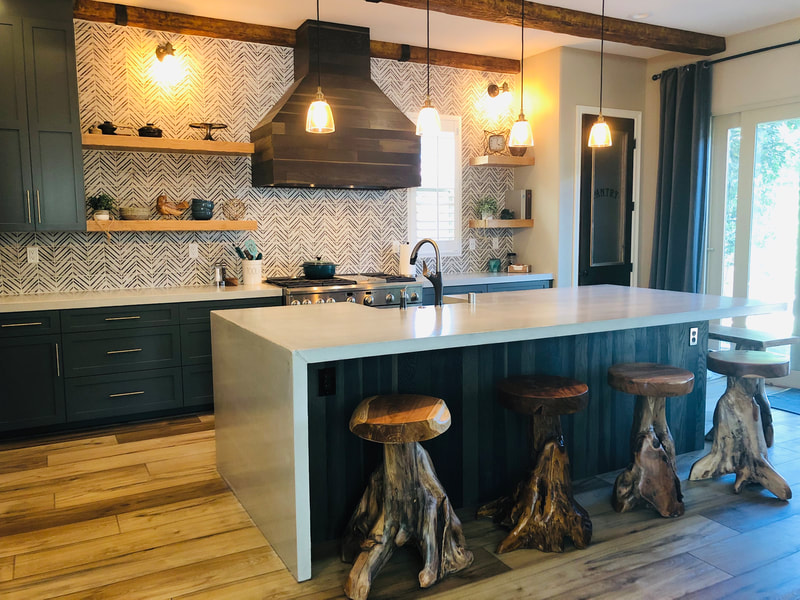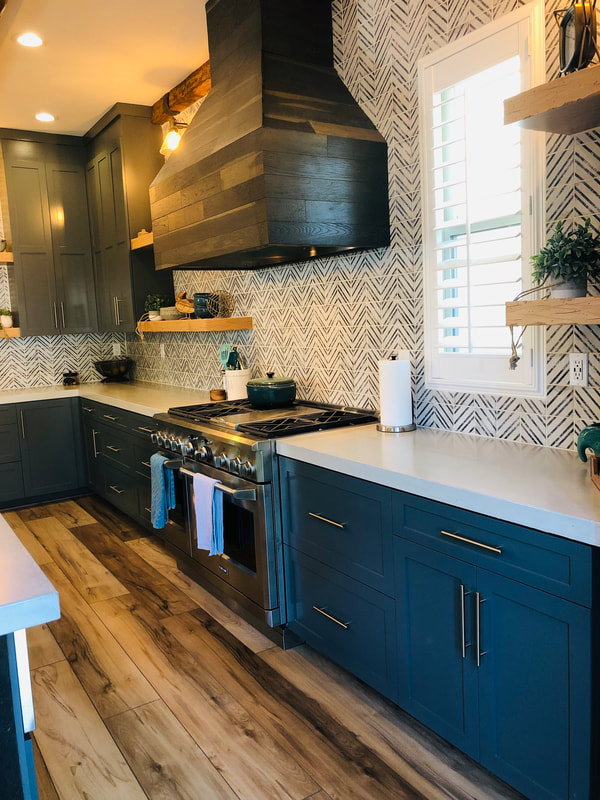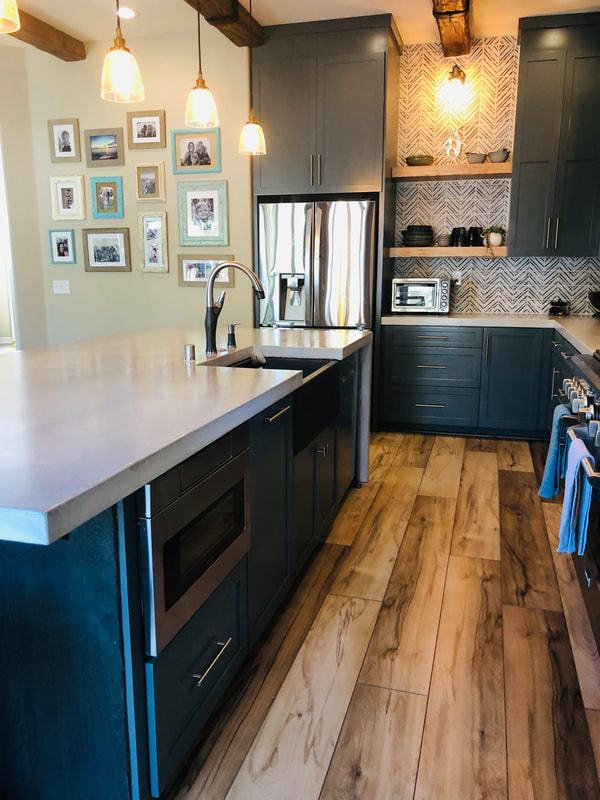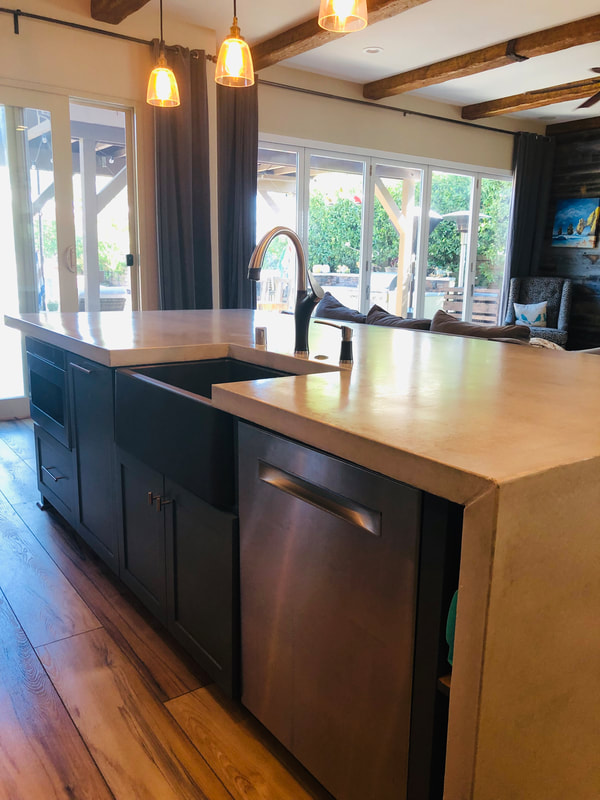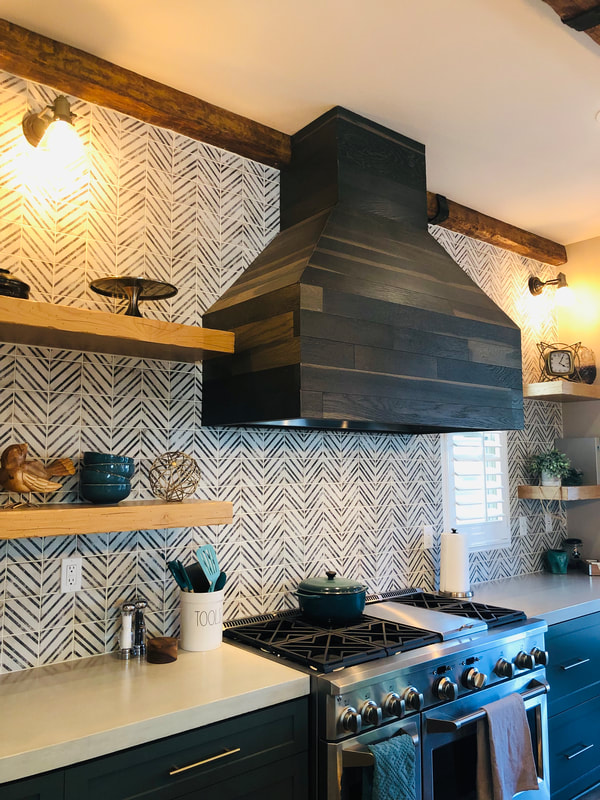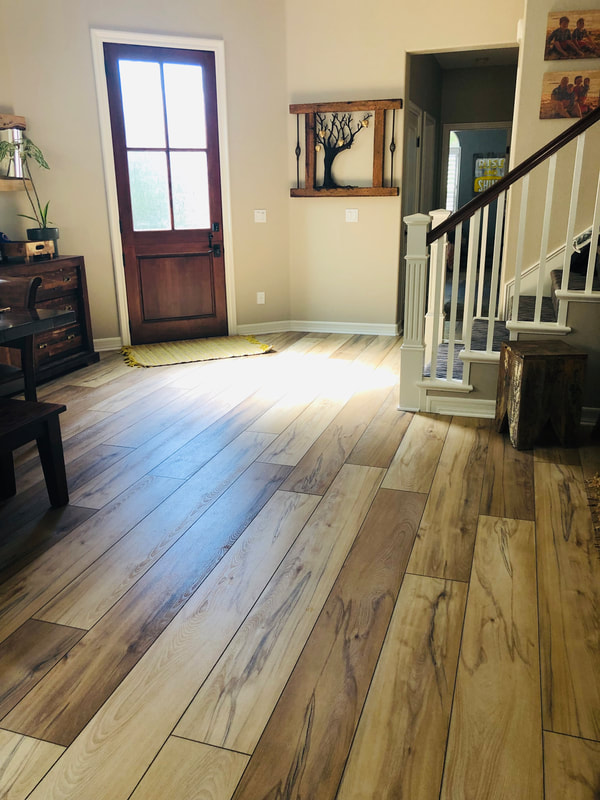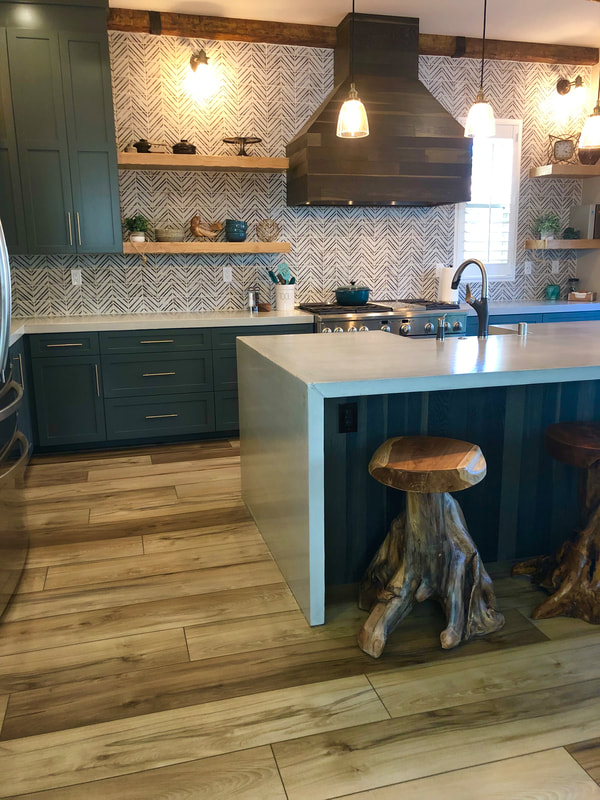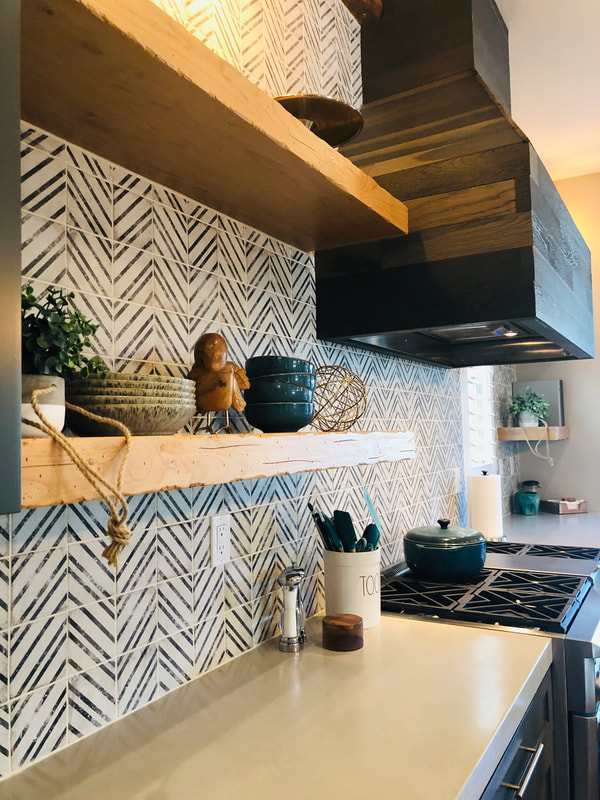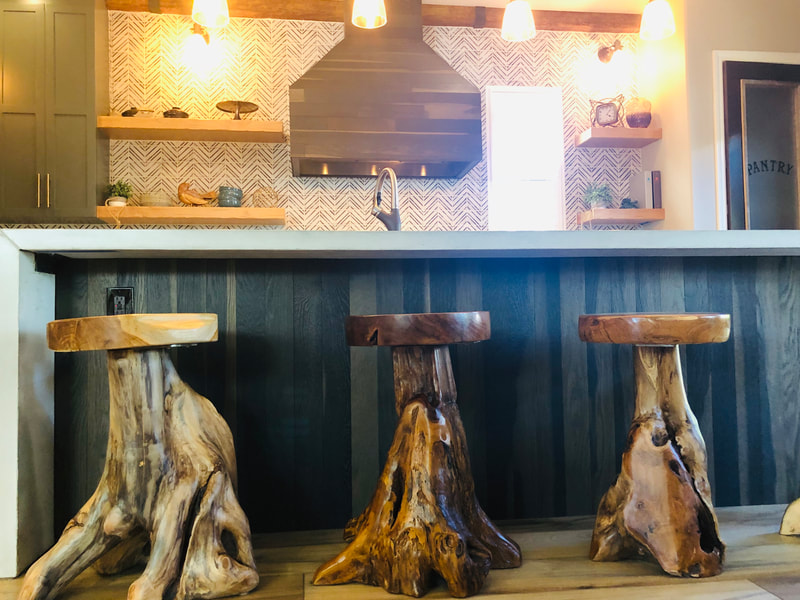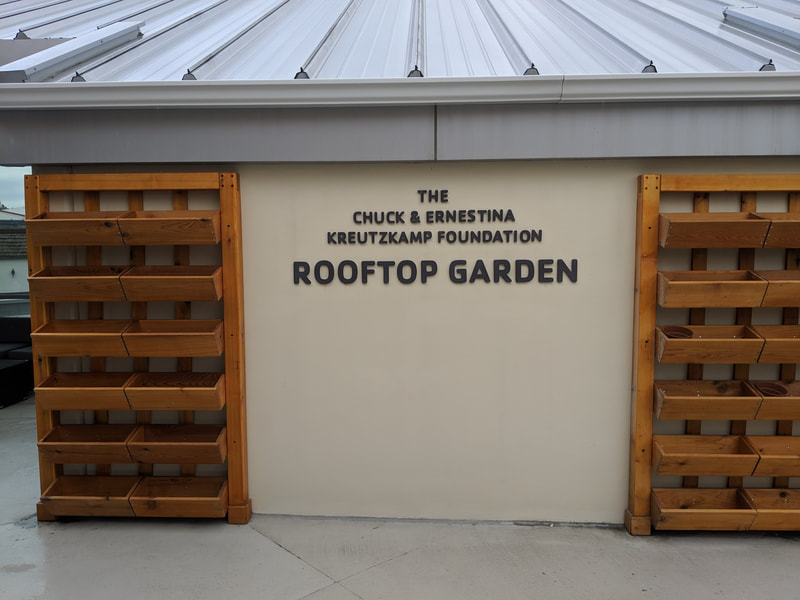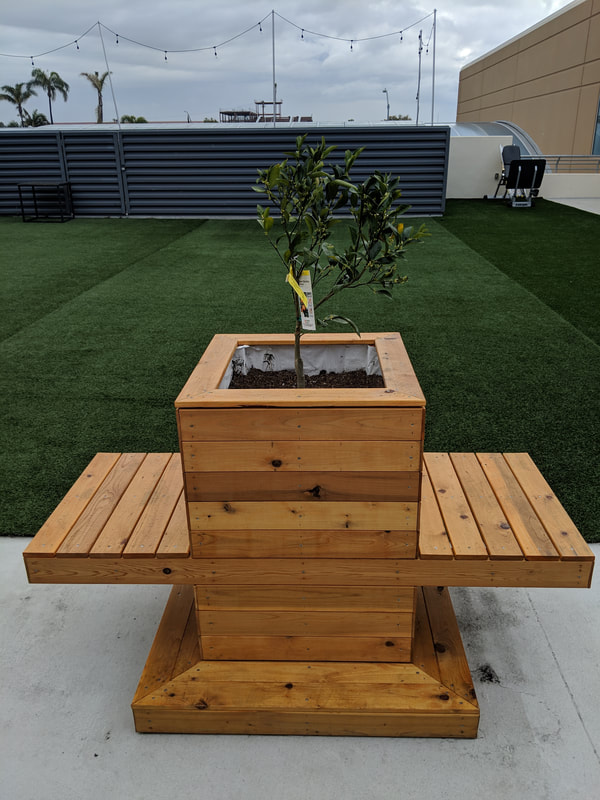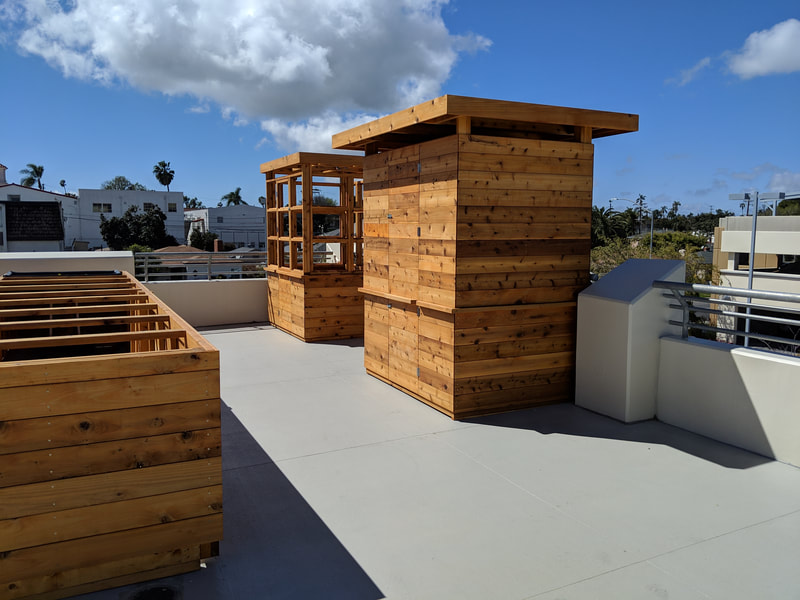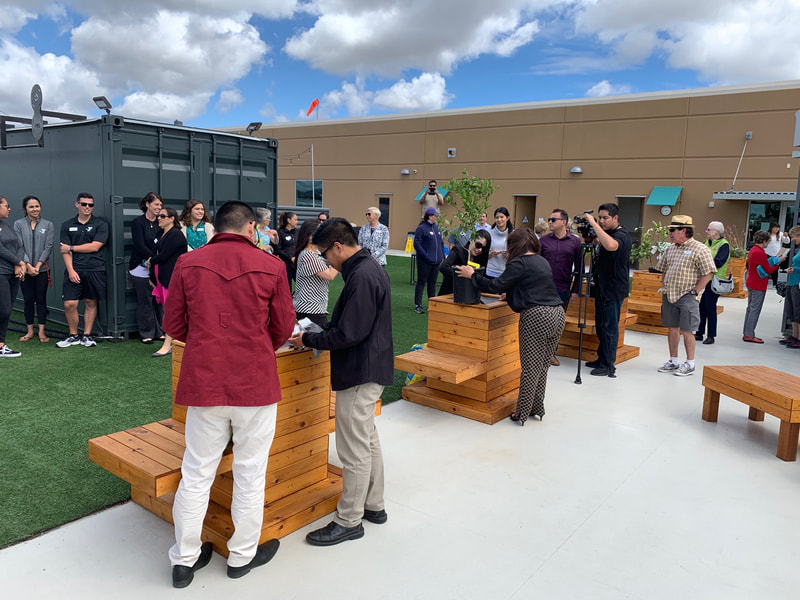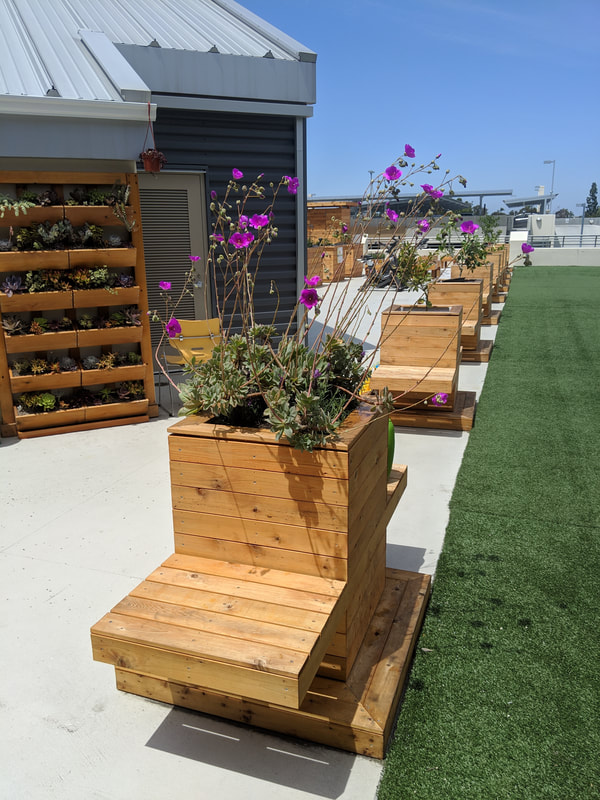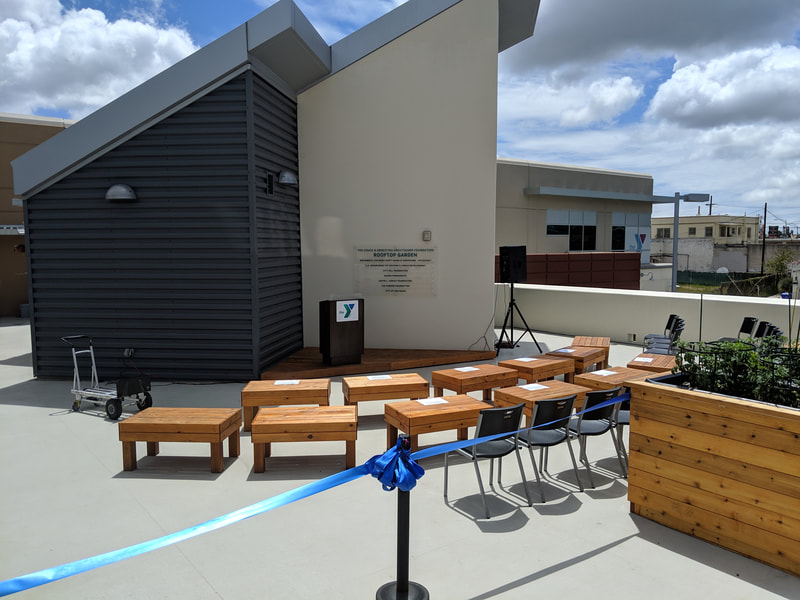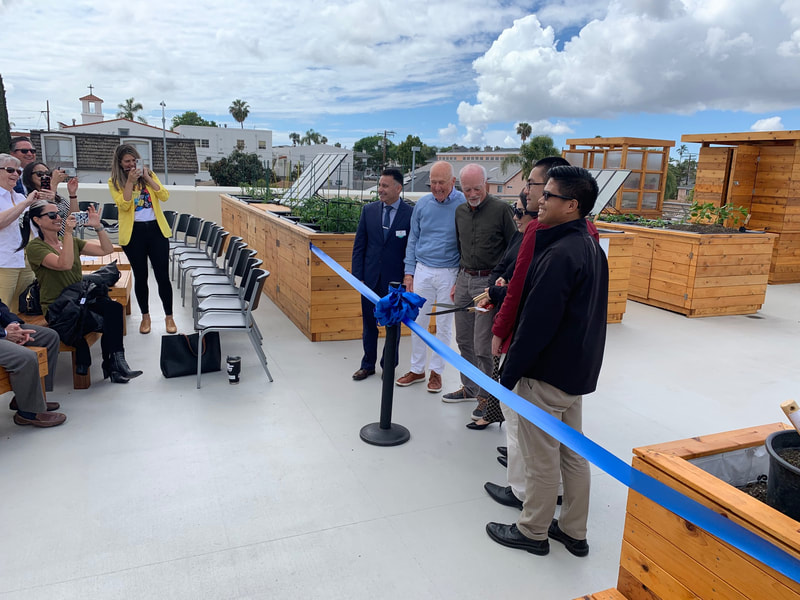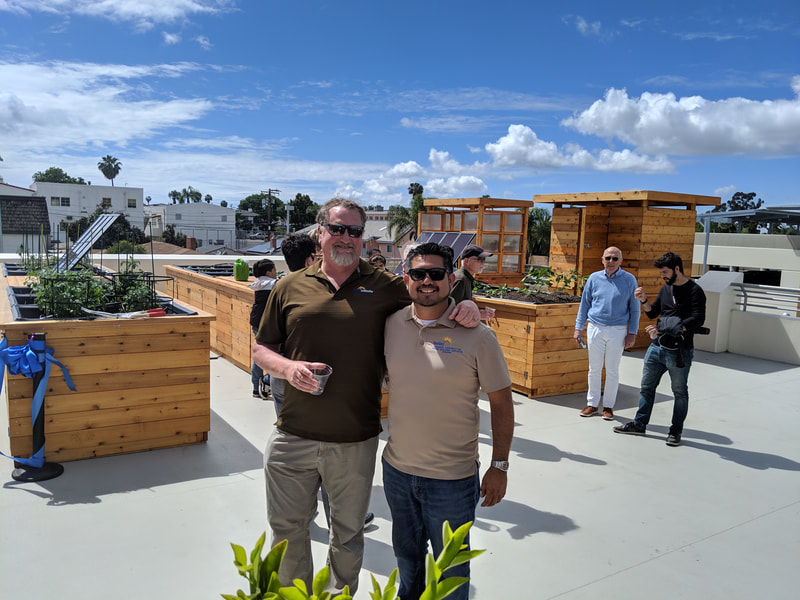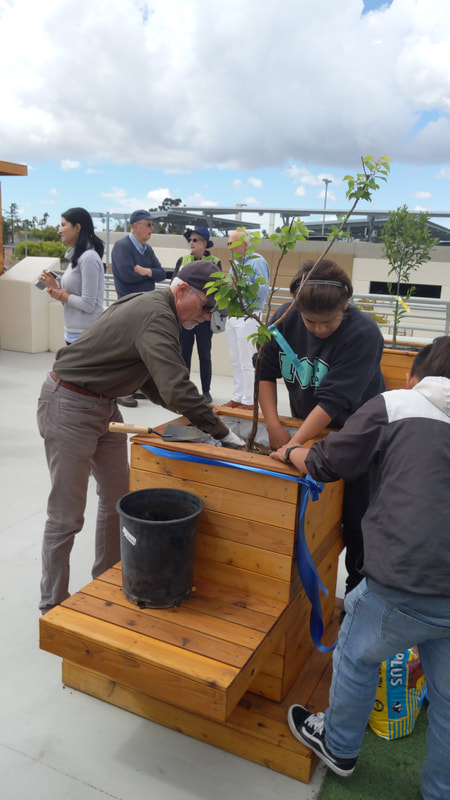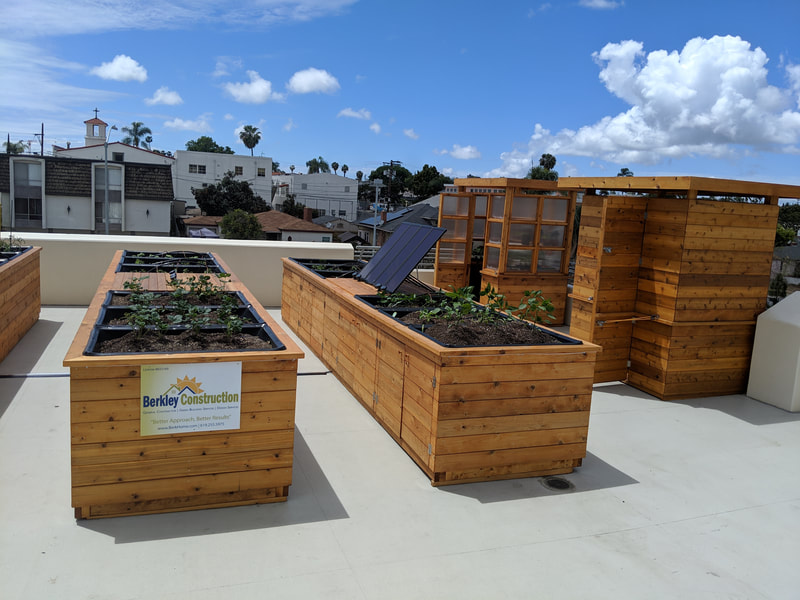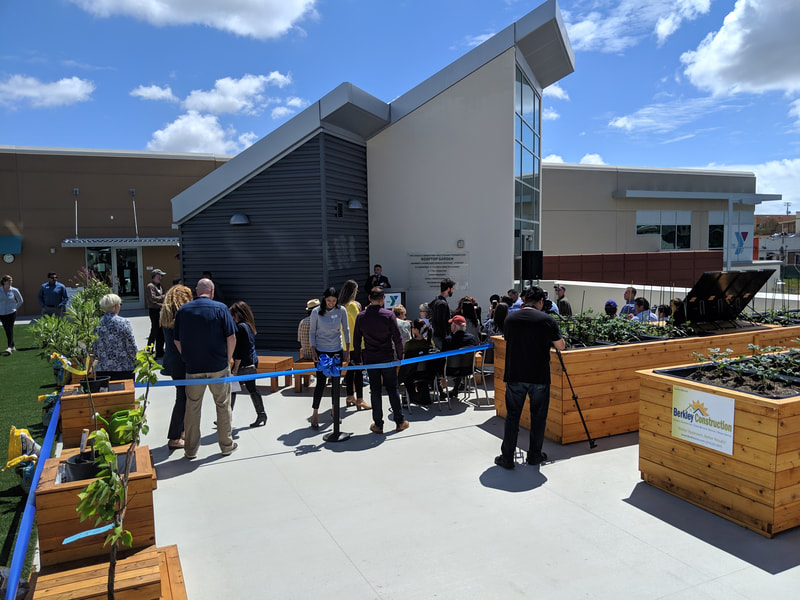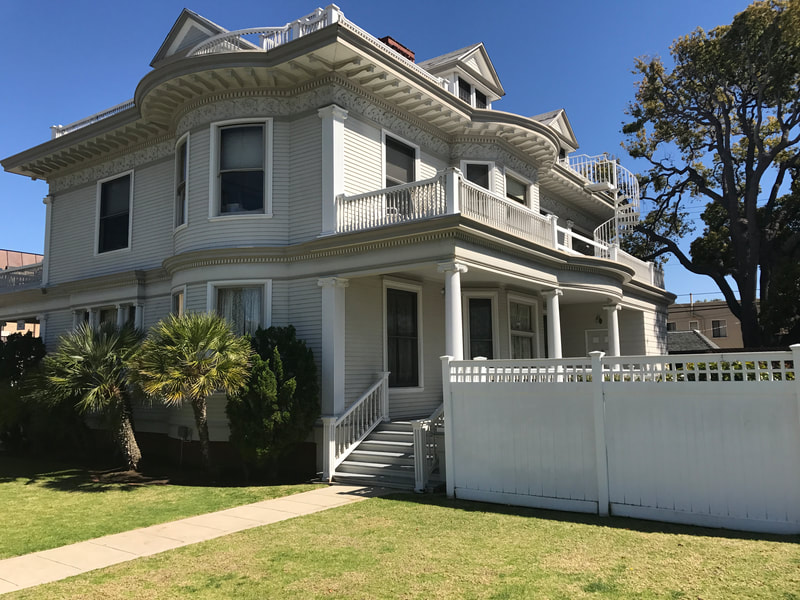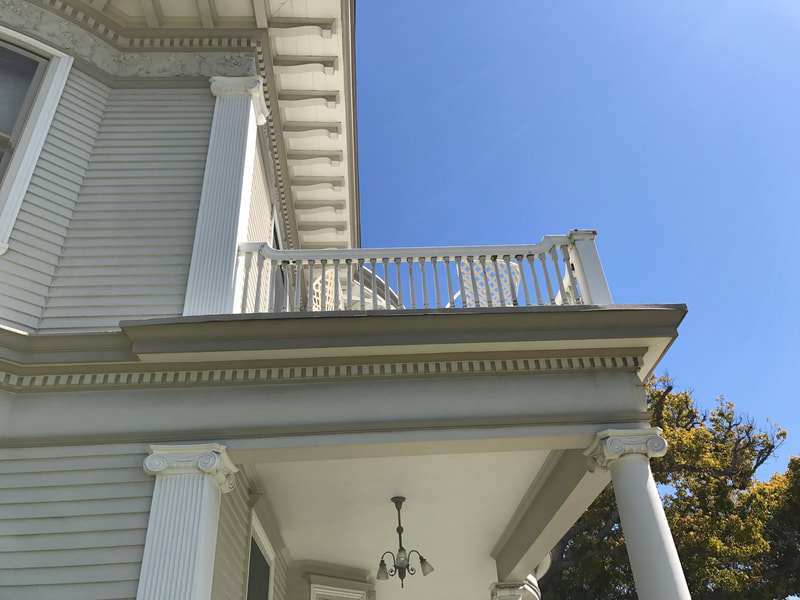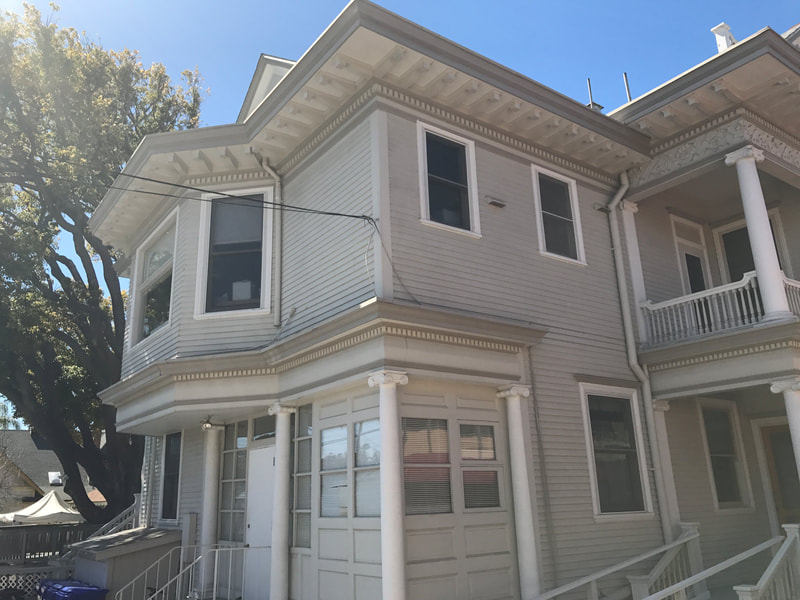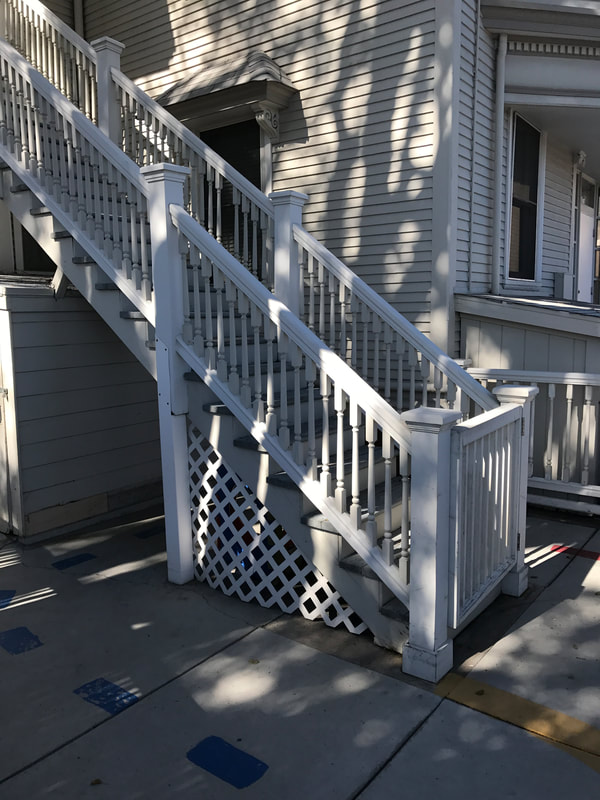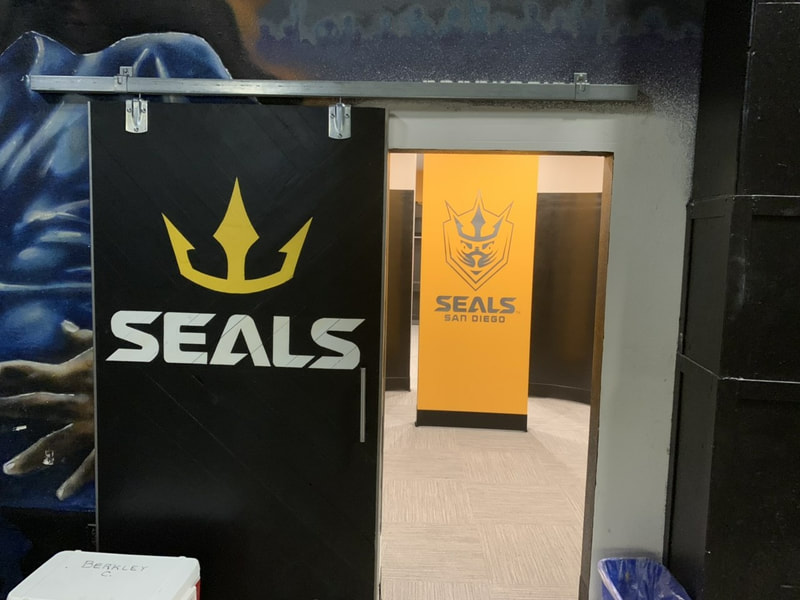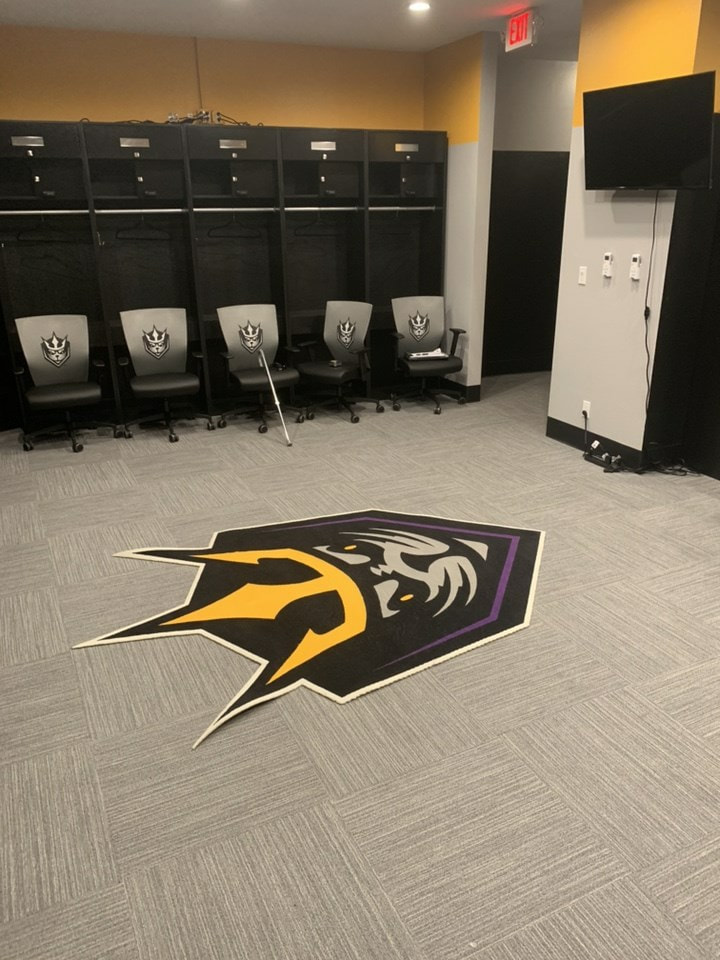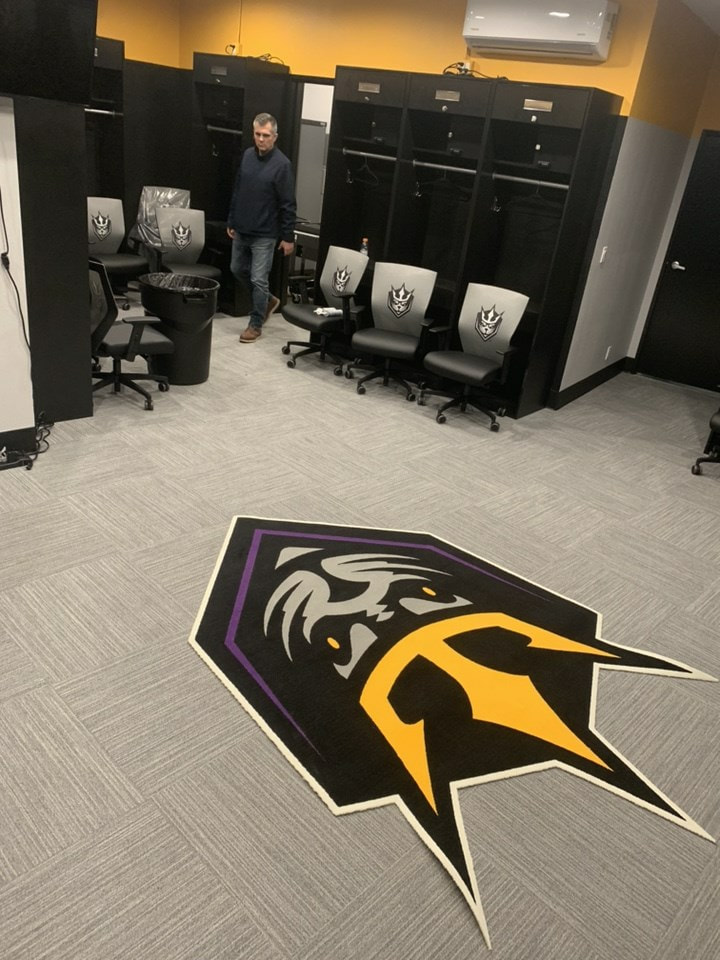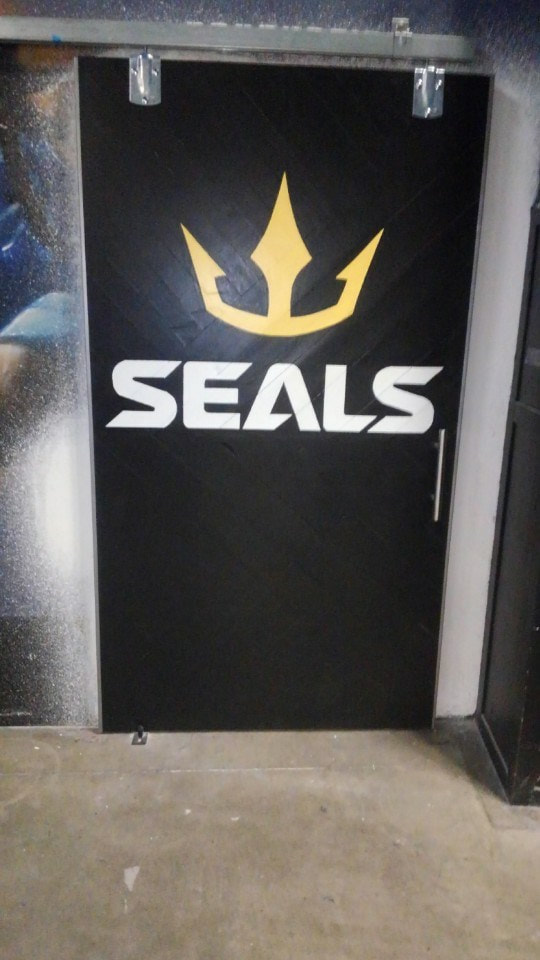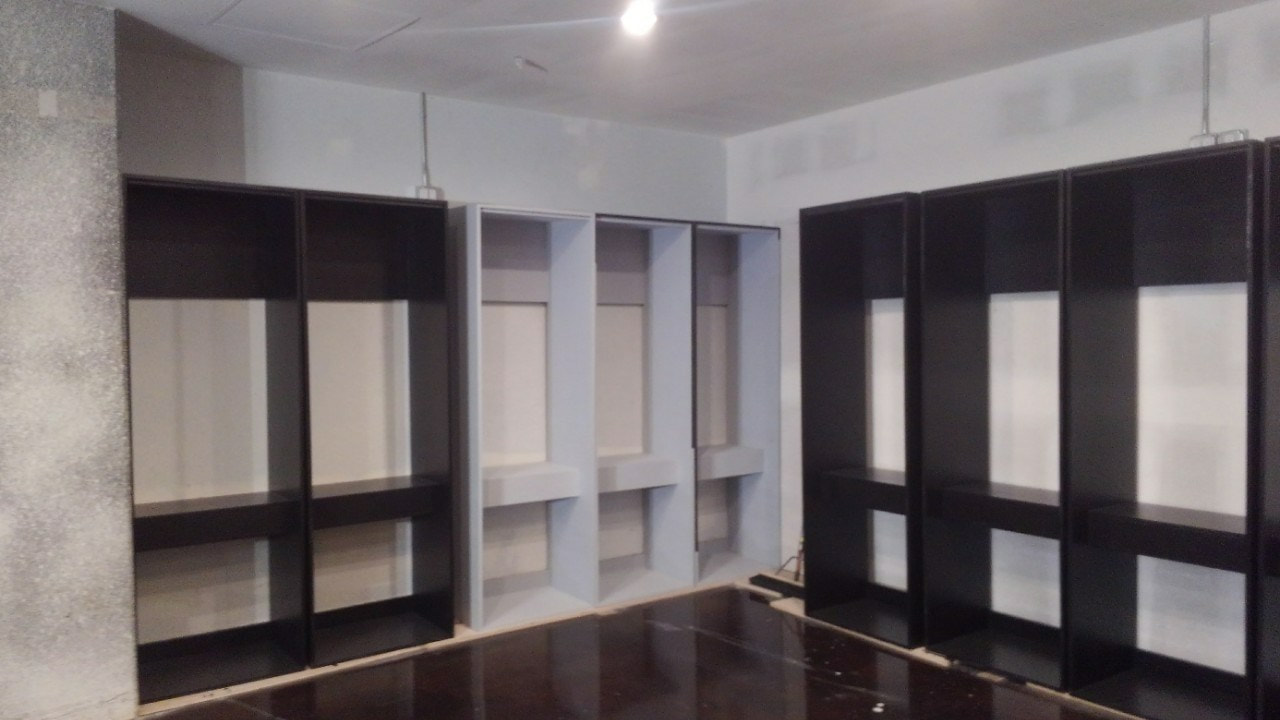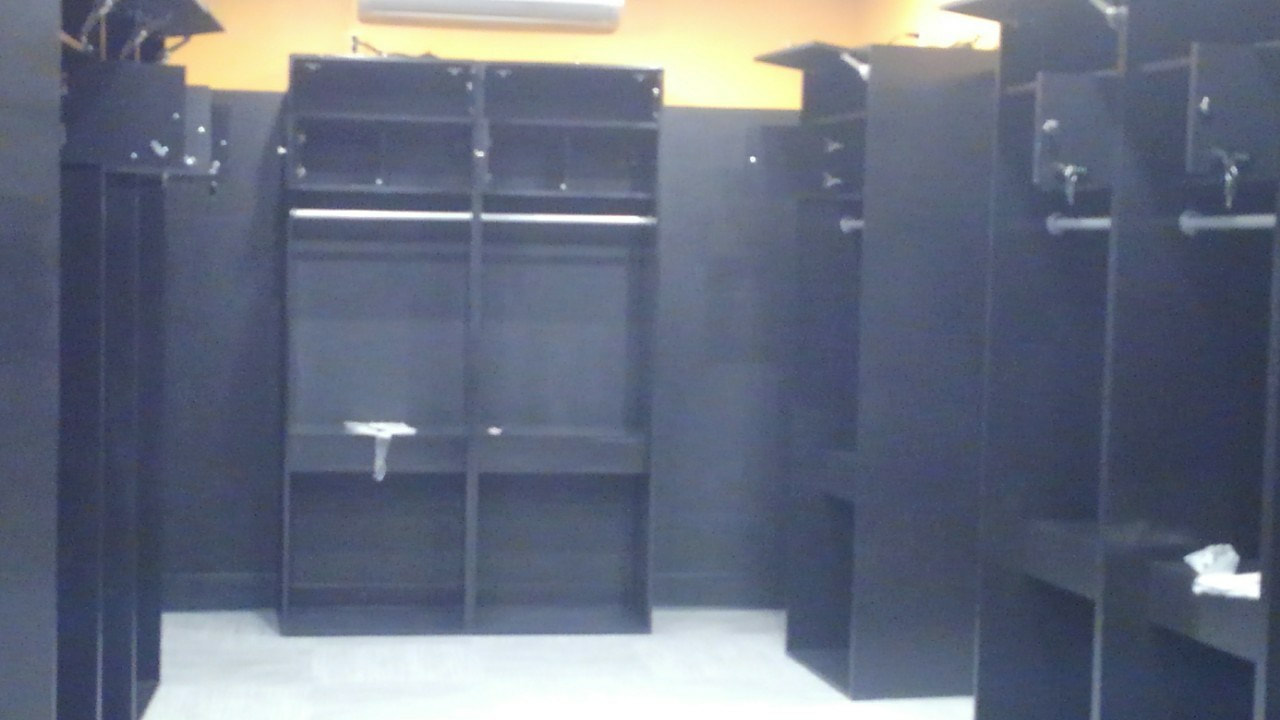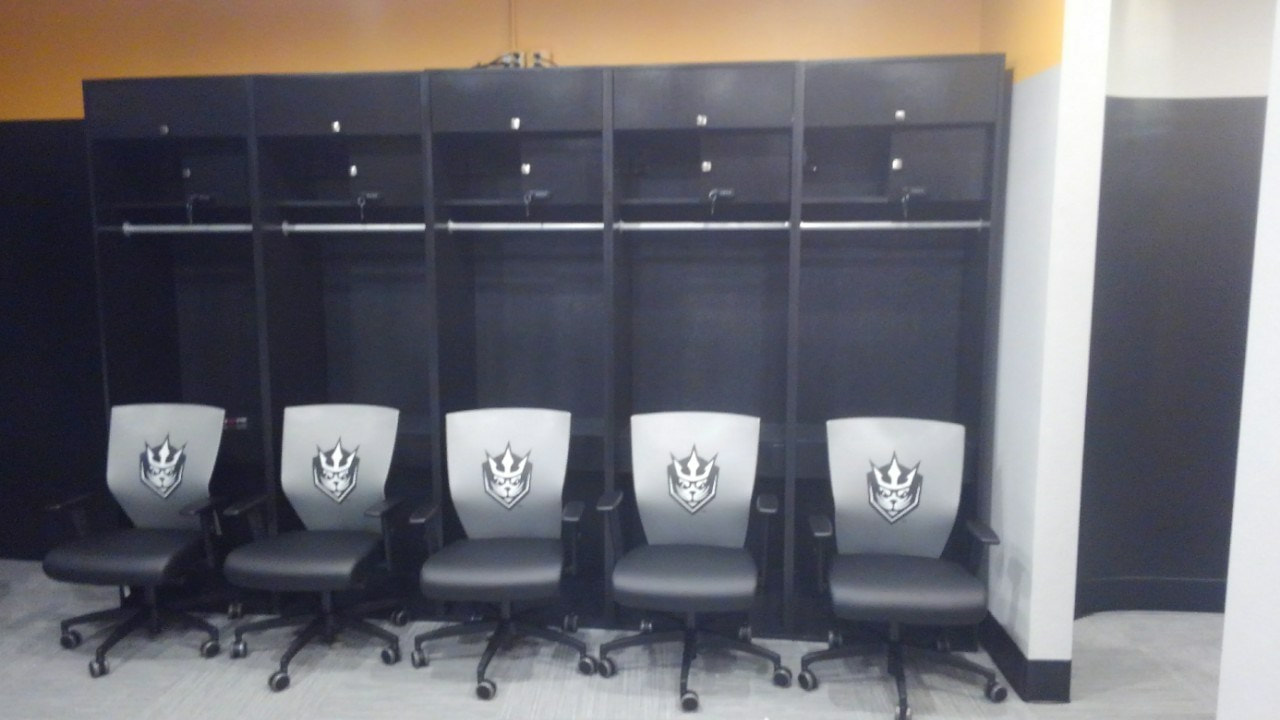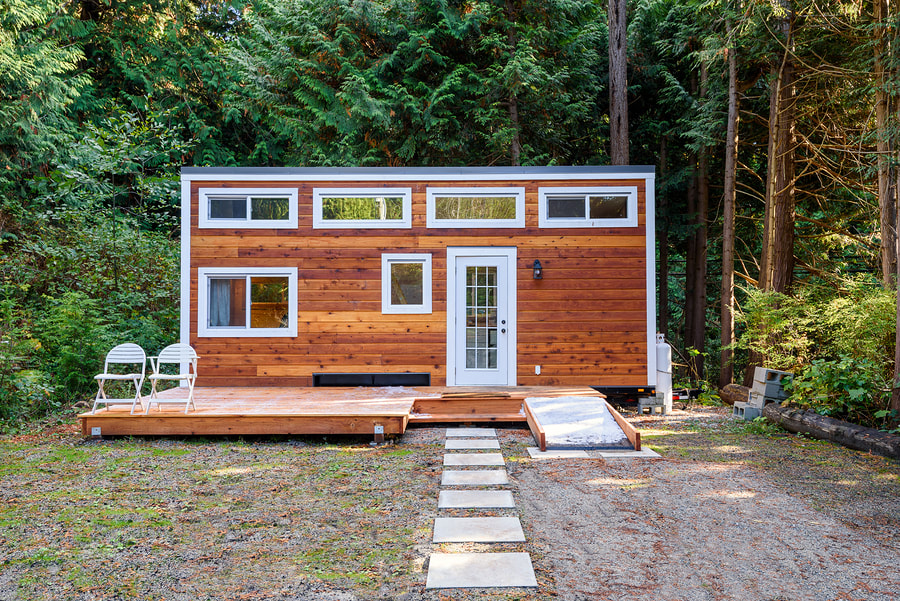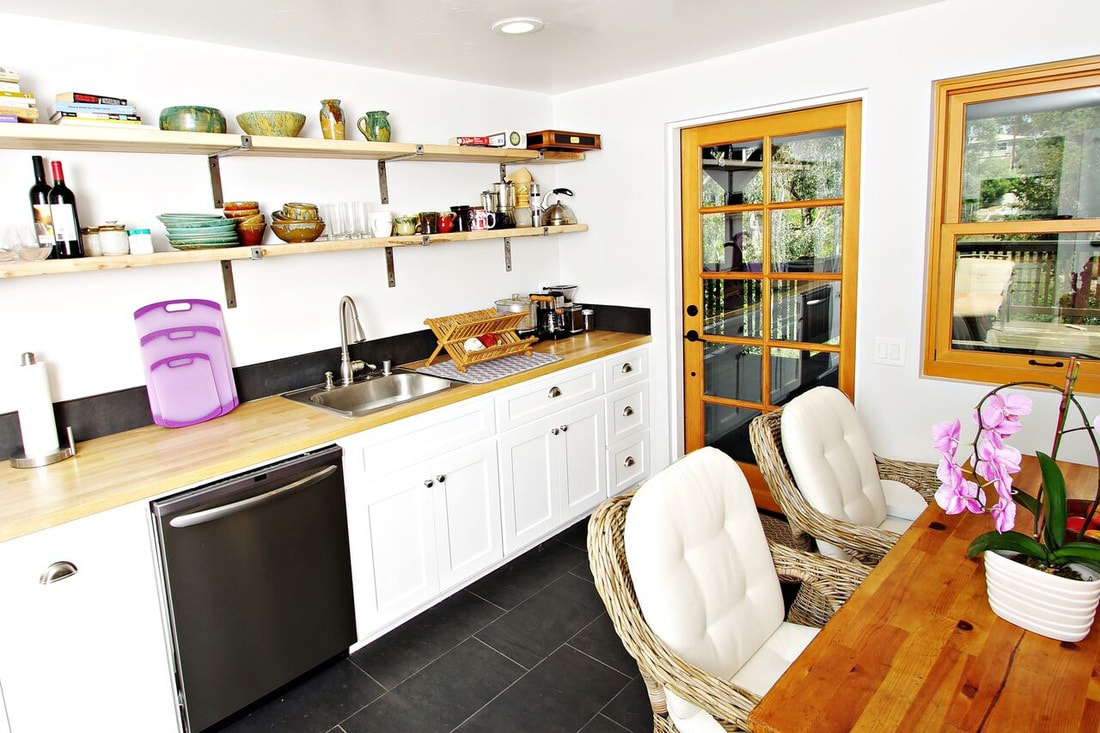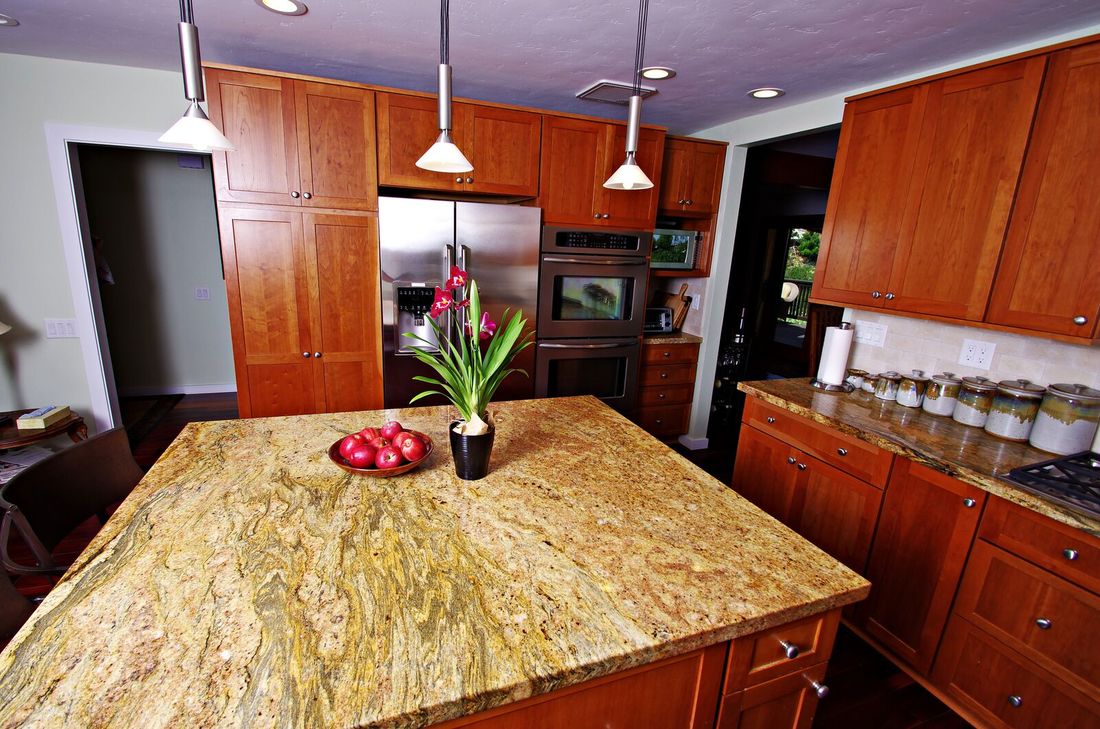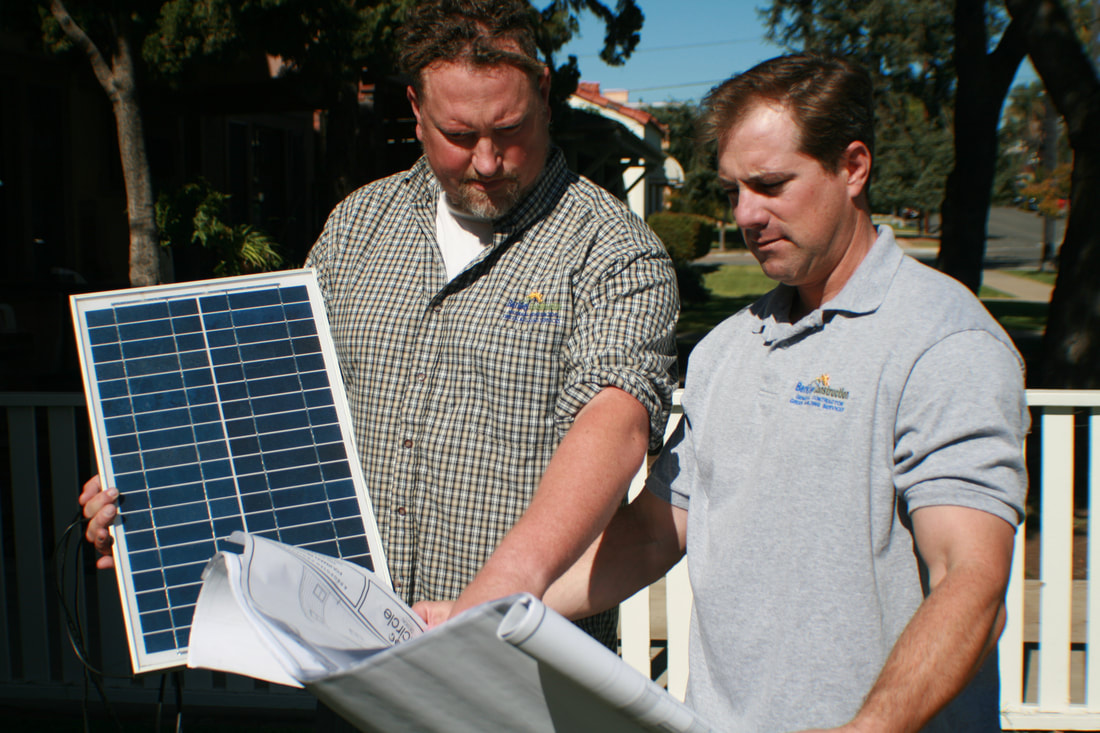
Hint: It is all about planning!
Want to save money on your upcoming remodeling project? Pay a professional to help define the scope. Here's why.... A Professional Service Agreement (PSA) is a contract to help you define the remodel’s scope and quality in advance. It often includes some design, engineering, and professional discovery services.
The PSA should be focused on defining your scope so that the costing is more accurate. For example, sometimes field services are required. The plans may assume that a certain size footing exists in the current house and a new footing is going to merge with it. Part of the PSA would be to expose the footing and make sure the size assumption is correct and that the condition of the footing can withstand the new scope of work.
It also might be assumed that the framing is going a certain direction. The PSA might call for some exploratory demo to verify this. If the job is building anywhere close to a setback, then the PSA should also include a survey to verify that the work is legal. This goes for height as well. Any neighbor can complain about height and stop your progress during construction. Knowing the precise spot that the city considers ground is critical. You can simply drop a tape measure from the height to the marked spot and show that you’re in compliance. Better to address any issues before the roofing is on and it’s too late.
Probably the greatest benefit of a PSA is accurate costing and timeline. At the end of the PSA, and before construction, you would have an accurate report of conditions and costs. You may not know which paint color you want but you’ll know the type of paint and the costs of painting down to the square foot. If you hire a contractor to perform a PSA for you it should happen early enough in the design process so that changes can still be made if the changes will benefit the project. A customer should know that the fancy standing seam metal roof costs $900 per square, and that being by the beach voids the warranty.
The PSA should define the service as well. Communication and timeline should be addressed before construction. The level of service is very important to talk about. What are the customer’s expectations and what does the contractor plan to provide? How will the architect be involved? Who’ll make decisions regarding changes and upgrades? Who’s supplying what? Are fixtures or appliances included? Which ones? Who’ll be responsible for the logistics of finishes? Some customers are very hands-on while others just want the contractor to do everything.
There should also be no obligation on the part of the customer to use the contractor for the work. The PSA should stand on its own. Should the customer decide to get bids from multiple sources, the PSA will take the guesswork out of the bidding process, and the costs will be much more closely grouped.
These discussions need to happen BEFORE work starts—and the results written into the contract. You’ll pay for this service but the Value cannot be overstated. To learn more about how we can help you develop a PSA for your remodeling project, Contact Us
Want to save money on your upcoming remodeling project? Pay a professional to help define the scope. Here's why.... A Professional Service Agreement (PSA) is a contract to help you define the remodel’s scope and quality in advance. It often includes some design, engineering, and professional discovery services.
The PSA should be focused on defining your scope so that the costing is more accurate. For example, sometimes field services are required. The plans may assume that a certain size footing exists in the current house and a new footing is going to merge with it. Part of the PSA would be to expose the footing and make sure the size assumption is correct and that the condition of the footing can withstand the new scope of work.
It also might be assumed that the framing is going a certain direction. The PSA might call for some exploratory demo to verify this. If the job is building anywhere close to a setback, then the PSA should also include a survey to verify that the work is legal. This goes for height as well. Any neighbor can complain about height and stop your progress during construction. Knowing the precise spot that the city considers ground is critical. You can simply drop a tape measure from the height to the marked spot and show that you’re in compliance. Better to address any issues before the roofing is on and it’s too late.
Probably the greatest benefit of a PSA is accurate costing and timeline. At the end of the PSA, and before construction, you would have an accurate report of conditions and costs. You may not know which paint color you want but you’ll know the type of paint and the costs of painting down to the square foot. If you hire a contractor to perform a PSA for you it should happen early enough in the design process so that changes can still be made if the changes will benefit the project. A customer should know that the fancy standing seam metal roof costs $900 per square, and that being by the beach voids the warranty.
The PSA should define the service as well. Communication and timeline should be addressed before construction. The level of service is very important to talk about. What are the customer’s expectations and what does the contractor plan to provide? How will the architect be involved? Who’ll make decisions regarding changes and upgrades? Who’s supplying what? Are fixtures or appliances included? Which ones? Who’ll be responsible for the logistics of finishes? Some customers are very hands-on while others just want the contractor to do everything.
There should also be no obligation on the part of the customer to use the contractor for the work. The PSA should stand on its own. Should the customer decide to get bids from multiple sources, the PSA will take the guesswork out of the bidding process, and the costs will be much more closely grouped.
These discussions need to happen BEFORE work starts—and the results written into the contract. You’ll pay for this service but the Value cannot be overstated. To learn more about how we can help you develop a PSA for your remodeling project, Contact Us

